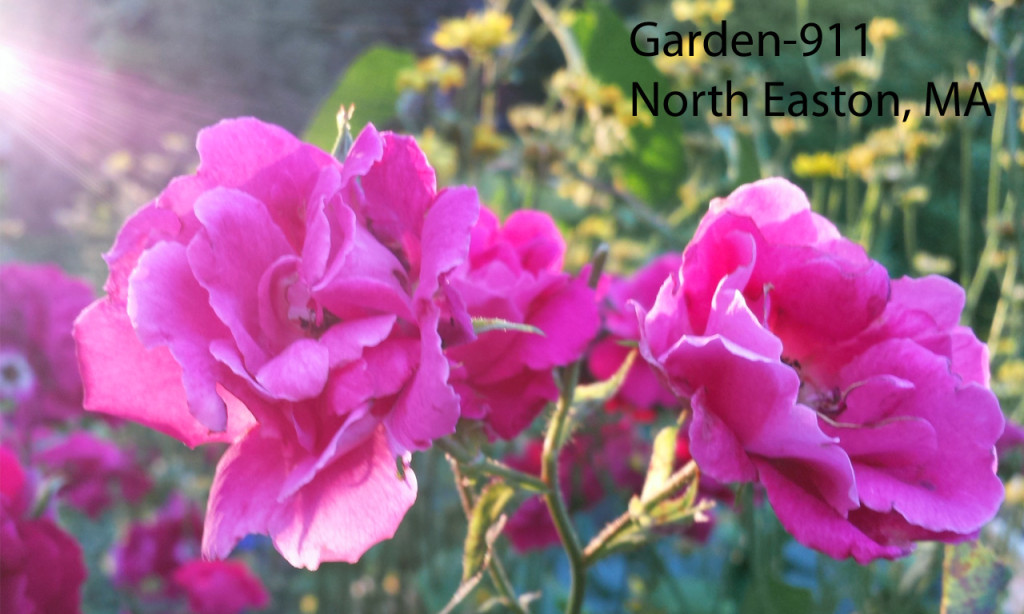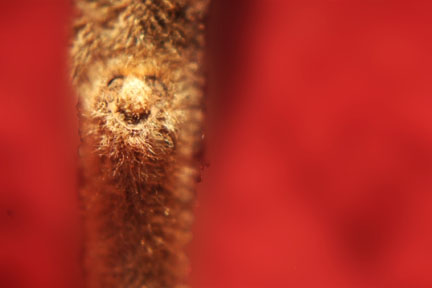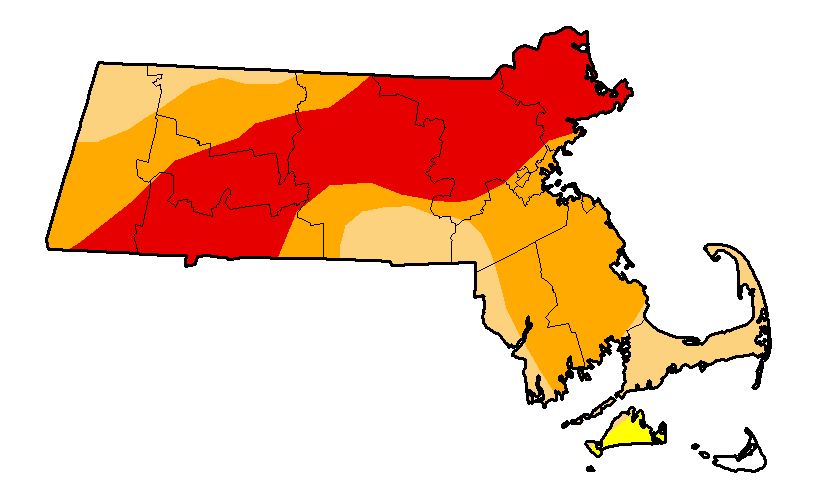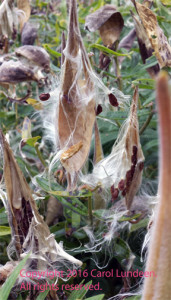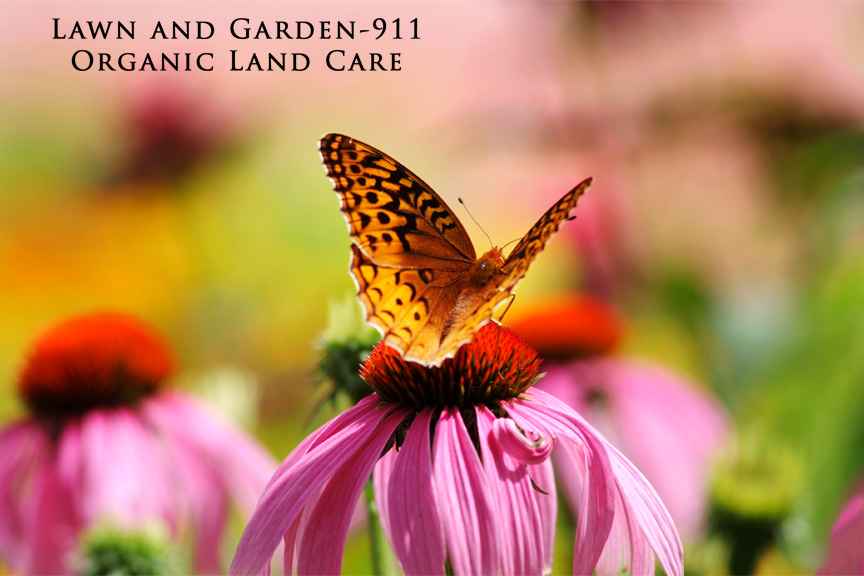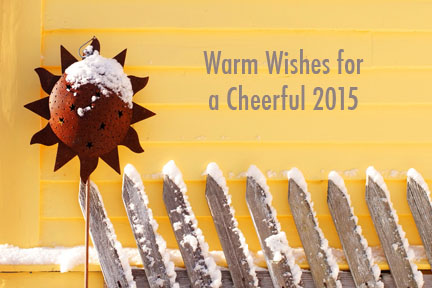Hints of fall are in the air, and the Sharon Garden Club is celebrating on September 9th with our September Garden Medley fundraiser. Join us from 11-4 to explore the learning and fun at our two locations :
- a horticultural guided garden tour (70 Maskwonicut Street, Sharon)
- a Standard Flower Show (62 Bullard Street, Sharon)
- an elegant boxed lunch in the garden (70 Maskwonicut Street, Sharon)
- a garden shoppe (70 Maskwonicut Street, Sharon)
- live folk music (70 Maskwonicut Street, Sharon)
- artists at work (70 Maskwonicut Street, Sharon)
- unique raffle items (70 Maskwonicut Street, Sharon)
TICKETS are $30 in advance, $35 the day of the event. Get tickets from me (617-327-9254 or carol@garden-911.com) or lizsiem@comcast.net.
You’ll probably find me in a stall at the barn at 70 Maskwonicut Street, the stall converted into an art exhibit for pollinator-friendly plants and a jail for nasty butterfly-killing invasive ones. WANTED: native pollinator plants, alive; WANTED: dead invasive plants.


